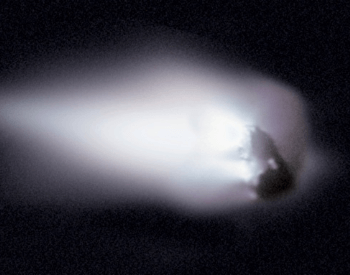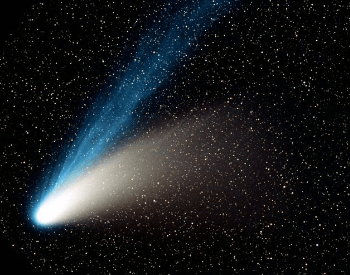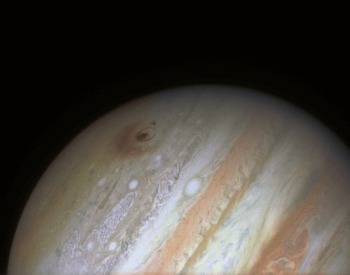
This web page contains comet facts for kids and is a great resource for anyone of any age researching comets. We’re going to provide you with the latest and most accurate facts about comets from scientific sources. Alongside comet facts, you’ll get to see some awesome pictures of comets and additional resources on comets.
The comet facts below will help you understand what a comet is, how many comets are in our solar system, how comets get their tail, what are some famous comets and other useful facts about comets. We hope the below facts about comets are helpful and make researching comets fun, while opening your imagination into space.
If any of the below comet facts are inaccurate or out of date, please contact us and let us know.
14 Comet Facts for Kids
- A comet is small solar system body, made up of ice, dust and rocky material.
- All comets in our solar system orbit the sun.
- A short-period comet takes less than 200 years to complete an orbit of our sun.
- A long-period comet can take thousands to millions of years to complete an orbit of our sun.
- When comets pass near our sun, they release gases as they warm up, this is called outgassing.
- When a comet is outgassing it creates a coma, also known as a tail. This is the long stream you see behind a comet.
- When our planet passes through the tail of a comet, we get a meteor shower, which is the debris from the tail entering the Earth’s atmosphere.
- While a comet itself is relativity small, on average only 10 miles across, the tail of a comet can be up to 15 times longer than the Earth’s diameter.
- There are 6,619 known comets in our solar system as of July 2019.
- Comets can hit our planet, the last comet to strike Earth happened an estimated 28 million years ago.
- The first comet to be observed was around 500 B.C. by Greek philosophers.
- Halley’s comet is one of the most famous comets throughout human history. It was observed by Edmond Halley in 1531, 1607 and 1682. It’s considered a periodic comet and is within the vicinity of Earth every 75 years. It was last in the vicinity of Earth in 1986 and will return around 2061.
- The Hale-Bopp comet was discovered separately by Alan Hale and Thomas Bopp on July 23rd, 1995. This comet is one of the most widely observed comets of the 20th century. It’s also considered one of the brightest comets to visit the vicinity of Earth in decades.
- The Shoemaker-Levy 9 comet gave astronomers a front row seat to the first impact event of solar system objects. In July 1994, astronomers got to witness the Shoemaker-Levy 9 comet impact the planet Jupiter. It’s estimated that the impact energy was equal to six million megatons of TNT.
Comet Pictures



Additional Resources for Comet Research
- Overview of Comets – An excellent overview of comets on the NASA website.
- Comets: Facts About The ‘Dirty Snowballs’ of Space – Discover more amazing facts about comets on the Space.com website.
- Learn About Comets – Read all about comets on the Caltech IPAC website.
- Comet – Wikipedia – Find out more about comets on the Wikipedia website.
